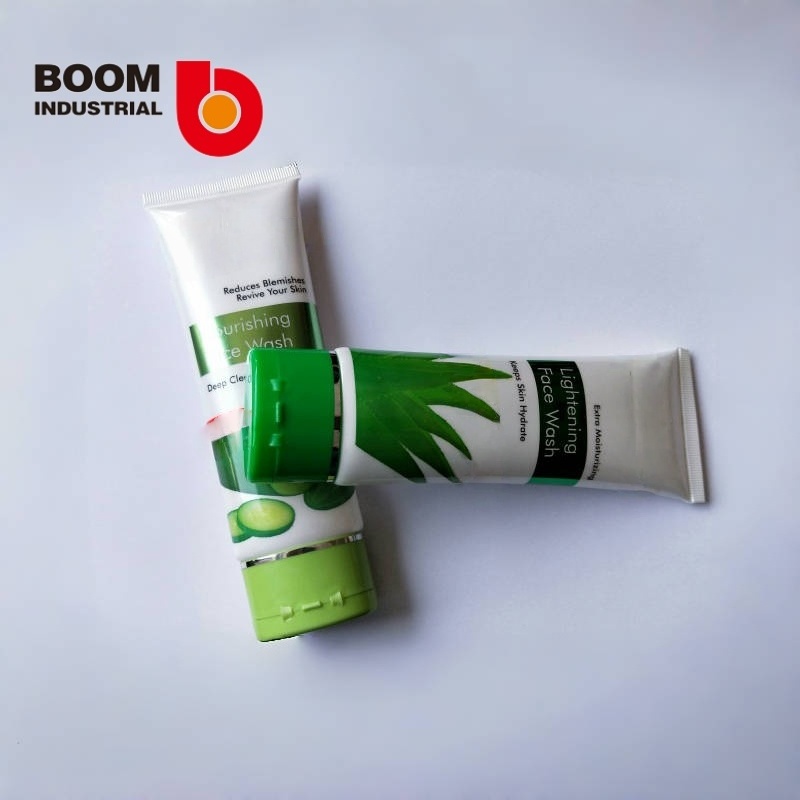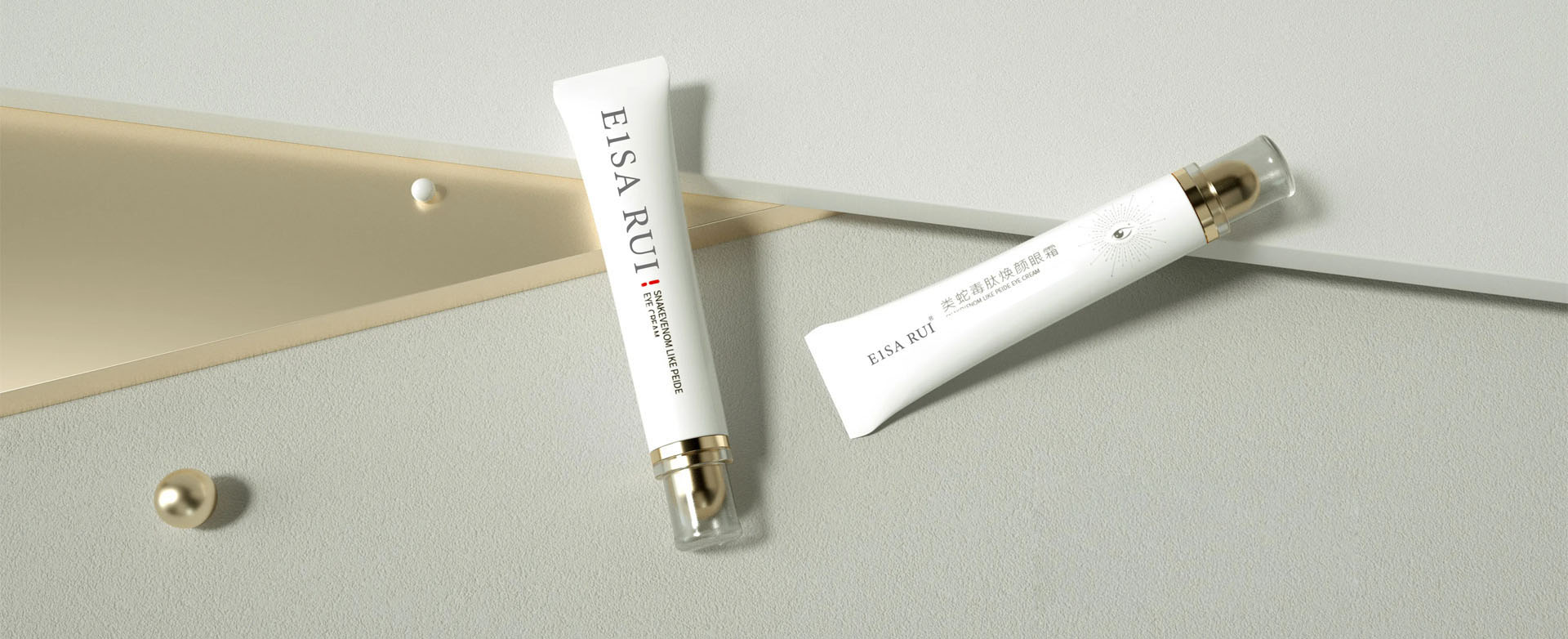Most of the processes commonly used in pharmaceutical tubes are offset printing, screen printing, and hot stamping.
The common printing process for pharmaceutical tubes is: dust removal – surface pretreatment – printing (UV ink) – glass varnish UV curing. Specialized tube printers can basically complete the above process.
Pharmaceutical tube manufacturing process – Dust removal:
A common issue with plastic materials is their tendency to generate static electricity. During tube production, raw materials constantly come into contact with metal molds, causing static electricity to build up on the tube surface, making it prone to dust accumulation. Therefore, dust removal is necessary during the printing process.
Pharmaceutical Tube Manufacturing Process — Surface Pretreatment:
Since polyethylene raw materials are non-polar materials, surface pretreatment is required before printing. There are two primary treatment methods: corona treatment and flame treatment. Both methods achieve the goal of firmly bonding the ink and varnish.
Pharmaceutical Tube Manufacturing Process — Printing:
Currently, there are two commonly used printing methods for plastic tubes. One is offset printing. Ink is transferred from a set of ink rollers to the printing plate, and the printing plate transfers the ink from the printing pattern to the rubber blanket. The rubber blanket then transfers the entire printing pattern to the substrate in one go.
Offset printing plates are typically made from photopolymer resin plate materials, which are produced through a process involving exposure, development, cleaning, drying, and post-exposure treatment. The production time for a printing plate is approximately 30–40 minutes, and the printing durability can exceed 100,000 impressions.
Currently, offset printing speeds can reach 12,000 per hour, and the operational process has become more straightforward and user-friendly. The increased production speed and reduced costs of offset printing have made it widely adopted for tubular printing.
Another method for tube printing is traditional screen printing. In recent years, the printing accuracy and speed of home-use screen printing machines have significantly improved. Production speeds can reach 5,000 units per hour, with registration accuracy of ±0.2mm. Due to the thicker ink layer in screen printing, it is primarily used for color printing on tubes or uncoated varnish products.

Pharmaceutical tube manufacturing process—coating:
A coating device is installed on the offset printing machine, consisting of two steel rollers and one rubber roller. The adhesion strength of the clear coat is directly related to the surface tension of the plastic after pretreatment. The clear coat is typically UV-curable, with various types available, such as glossy and matte finishes. Additionally, there are thermosetting clear coats and three-in-one clear coats used for varnishing after offset printing.
Pharmaceutical Tube Manufacturing Process — Clear Coat Curing:
For UV-curable clear coats, the degree of curing is significantly influenced by the wavelength and intensity of the UV light emitted by the UV lamp. For products undergoing subsequent processing (e.g., hot stamping), the degree of clear coat curing will have a significant impact on the quality of the subsequent processing.
Pharmaceutical Tube Manufacturing Process — Hot Stamping:
A thin layer of hot stamping paper is applied to the surface, ensuring that the screen printing remains uniform. The hot stamping process is primarily divided into several stages: pre-stamping preparation, hot stamping plates, plate installation, determination of hot stamping process parameters, hot stamping testing, and formal hot stamping.


